The data throughput of C4 can be a limitation when logging many parameters quickly for tuning, but it’s generally sufficient for most applications. Let’s break down why, exploring the context of car coding and the powerful DTS-Monaco software, especially as it relates to enhancing your skills with assistance from DTS-MONACO.EDU.VN. We’ll explore these facets to empower your car modification endeavors, touching on various aspects from data logging to parameter optimization.
Contents
- 1. Understanding Data Throughput in Car Coding
- 1.1 What is Car Coding?
- 1.2 The Role of Data Logging in Tuning
- 1.3 What is DTS-Monaco?
- 2. C4 and its Data Logging Capabilities
- 2.1 Limitations of C4 Interface
- 2.2 Sufficient Data Logging for Many Parameters
- 3. Strategies to Optimize Data Logging with C4
- 3.1 Prioritize Parameters
- 3.2 Reduce Logging Frequency
- 3.3 Use Data Compression
- 3.4 Upgrade Communication Protocols
- 4. Real-World Scenarios and Examples
- 4.1 Logging Engine Parameters
- 4.2 Logging Transmission Parameters
- 4.3 Logging Advanced Vehicle Dynamics Parameters
- 5. Alternative Interfaces and Technologies
- 5.1 Ethernet Interfaces
- 5.2 CAN FD
- 5.3 Wireless Data Logging
- 6. Maximizing the Efficiency of DTS-Monaco for Car Coding
- 6.1 Navigating the Software
- 6.2 Optimizing Diagnostic Sessions
- 6.3 Batch Coding
- 6.4 ECU Flashing
- 7. Benefits of Comprehensive Training from DTS-MONACO.EDU.VN
- 7.1 Skill Enhancement
- 7.2 Improved Efficiency
- 7.3 Up-to-Date Knowledge
- 7.4 Expert Support
- 8. Conclusion: Data Throughput Sufficiency and Enhanced Car Coding
- 9. Frequently Asked Questions (FAQ)
- 10. Call to Action
1. Understanding Data Throughput in Car Coding
Data throughput refers to the amount of data that can be transferred from one point to another in a given time period, usually measured in bits per second (bps) or bytes per second (Bps). In the context of car coding and tuning, this refers to the speed at which data can be read from the car’s electronic control units (ECUs) and logged for analysis. This is paramount for technicians looking to advance their abilities in car coding and the use of diagnostic software.
1.1 What is Car Coding?
Car coding is the process of modifying the software in a vehicle’s ECUs to enable or disable certain features, customize vehicle settings, or improve performance. This can include anything from activating features like cornering lights or customizing the sensitivity of driver-assistance systems.
1.2 The Role of Data Logging in Tuning
Data logging is a critical component of the tuning process. It involves recording various parameters from the engine and other vehicle systems while the car is running. This data can then be analyzed to identify areas for improvement, such as optimizing fuel delivery, ignition timing, and boost control.
1.3 What is DTS-Monaco?
DTS-Monaco is a powerful diagnostic and coding software widely used in the automotive industry, particularly for Mercedes-Benz vehicles. It allows advanced users to access and modify ECU parameters, perform diagnostic tests, and flash new software onto the ECUs. It is a must-know skill for experts aiming to deliver top-tier car coding services. With DTS-MONACO.EDU.VN, you can enhance your skills in using DTS-Monaco and car coding through comprehensive training and resources.
2. C4 and its Data Logging Capabilities
The C4 interface is a common interface used for communicating with vehicle ECUs. It’s generally robust and reliable, but its data throughput can be a limiting factor when logging a large number of parameters at high frequencies.
2.1 Limitations of C4 Interface
The C4 interface is built on older communication protocols, which have inherent bandwidth limitations. When logging many parameters simultaneously, the interface may struggle to keep up, resulting in lower sampling rates or data loss.
2.2 Sufficient Data Logging for Many Parameters
In most real-world tuning situations, the C4 interface provides sufficient data throughput for logging the most critical parameters. Experienced tuners often prioritize logging the parameters that are most relevant to the specific tuning task, rather than trying to log everything at once.
3. Strategies to Optimize Data Logging with C4
Even with its limitations, there are several strategies you can use to optimize data logging with the C4 interface and improve the quality of your tuning data.
3.1 Prioritize Parameters
Start by identifying the parameters that are most relevant to your tuning goals. Focus on logging these parameters at a high frequency, and reduce the logging frequency of less important parameters. This ensures that you capture the most critical data without overwhelming the interface.
3.2 Reduce Logging Frequency
Lowering the logging frequency can reduce the amount of data being transferred, which can help prevent data loss and improve overall throughput. This may involve reducing the number of samples taken per second or only logging data during specific events.
3.3 Use Data Compression
Some data logging systems offer data compression capabilities. Compressing the data before it is transferred can reduce the amount of bandwidth required, which can improve throughput.
3.4 Upgrade Communication Protocols
Consider upgrading to newer communication protocols, such as Ethernet or CAN FD, which offer significantly higher bandwidth than C4. However, this may require additional hardware and software upgrades.
4. Real-World Scenarios and Examples
To further illustrate the capabilities and limitations of the C4 interface, let’s look at some real-world scenarios and examples.
4.1 Logging Engine Parameters
When tuning an engine, you may want to log parameters such as RPM, manifold pressure, air-fuel ratio, ignition timing, and coolant temperature. With a C4 interface, you can typically log these parameters at a frequency of 10-20 Hz without experiencing data loss.
4.2 Logging Transmission Parameters
If you are tuning an automatic transmission, you may want to log parameters such as gear position, torque converter slip, and transmission temperature. These parameters can also be logged at a reasonable frequency with the C4 interface.
4.3 Logging Advanced Vehicle Dynamics Parameters
For advanced tuning tasks, such as optimizing traction control or stability control systems, you may want to log parameters such as wheel speed, yaw rate, and lateral acceleration. These parameters require higher logging frequencies, which may push the limits of the C4 interface.
5. Alternative Interfaces and Technologies
When the data throughput of C4 becomes a limitation, there are alternative interfaces and technologies that you can use to improve your data logging capabilities.
5.1 Ethernet Interfaces
Ethernet interfaces offer significantly higher bandwidth than C4, allowing you to log a larger number of parameters at higher frequencies. These interfaces are becoming increasingly common in modern vehicles.
5.2 CAN FD
CAN FD (CAN Flexible Data-Rate) is an upgraded version of the CAN protocol that offers increased bandwidth and improved error detection. CAN FD interfaces are also becoming more common in newer vehicles.
5.3 Wireless Data Logging
Wireless data logging systems use technologies such as Bluetooth or Wi-Fi to transfer data from the vehicle to a laptop or other device. These systems can offer greater flexibility and convenience, but they may also be subject to interference and security risks.
6. Maximizing the Efficiency of DTS-Monaco for Car Coding
DTS-Monaco is a comprehensive tool, and understanding how to use it efficiently can significantly enhance your car coding capabilities.
6.1 Navigating the Software
Efficiently navigating DTS-Monaco involves understanding the software’s layout, menu structures, and key functions. Familiarize yourself with the different modules and diagnostic routines to quickly access the parameters you need.
6.2 Optimizing Diagnostic Sessions
Optimize your diagnostic sessions by focusing on specific tasks and using the appropriate diagnostic routines. Avoid unnecessary tests and procedures to save time and reduce the amount of data being transferred.
6.3 Batch Coding
DTS-Monaco supports batch coding, which allows you to apply the same coding changes to multiple ECUs simultaneously. This can save a significant amount of time when you need to make the same changes across multiple vehicles.
6.4 ECU Flashing
ECU flashing involves updating the software on a vehicle’s ECUs. DTS-Monaco provides tools for flashing new software onto the ECUs, which can improve performance, fix bugs, or add new features.
7. Benefits of Comprehensive Training from DTS-MONACO.EDU.VN
DTS-MONACO.EDU.VN offers comprehensive training and resources to help you master car coding and the use of DTS-Monaco.
7.1 Skill Enhancement
The training programs are designed to enhance your skills in car coding and the use of diagnostic software. You will learn how to access and modify ECU parameters, perform diagnostic tests, and flash new software onto the ECUs.
7.2 Improved Efficiency
By understanding how to use DTS-Monaco efficiently, you can save time and improve your overall productivity. You will learn how to navigate the software, optimize diagnostic sessions, and use batch coding to make changes quickly.
7.3 Up-to-Date Knowledge
DTS-MONACO.EDU.VN provides up-to-date information on the latest car coding technologies and techniques. You will learn about new features, diagnostic routines, and ECU updates.
7.4 Expert Support
You will have access to expert support from experienced car coding professionals. They can answer your questions, provide guidance, and help you troubleshoot any issues you may encounter.
8. Conclusion: Data Throughput Sufficiency and Enhanced Car Coding
While the data throughput of the C4 interface can be a limiting factor when logging many parameters quickly for tuning, it is generally sufficient for most applications. By prioritizing parameters, reducing logging frequency, and using data compression, you can optimize data logging with the C4 interface and improve the quality of your tuning data.
Moreover, by enhancing your skills in car coding and the use of DTS-Monaco with assistance from DTS-MONACO.EDU.VN, you can unlock even greater capabilities. From comprehensive training programs to up-to-date resources and expert support, DTS-MONACO.EDU.VN provides everything you need to master car coding and the use of diagnostic software.
Enhance your expertise in vehicle modification and diagnostic services with advanced training. By taking the right approach and continually updating your skills, you can overcome the limitations of C4 data throughput and achieve outstanding results.
Take advantage of DTS-MONACO.EDU.VN’s resources to elevate your skills and stay at the forefront of car coding technology, thus ensuring peak performance and satisfying customer requirements in the automotive aftermarket.
9. Frequently Asked Questions (FAQ)
9.1 Is the data throughput of C4 always a limitation for tuning?
No, the data throughput of C4 is not always a limitation. It depends on the number of parameters you are logging and the frequency at which you are logging them. For most common tuning tasks, C4 provides sufficient bandwidth.
9.2 What can I do if the data throughput of C4 is too low for my needs?
If the data throughput of C4 is too low, you can prioritize logging parameters, reduce logging frequency, use data compression, or upgrade to newer communication protocols such as Ethernet or CAN FD.
9.3 What is the role of DTS-Monaco in car coding and tuning?
DTS-Monaco is a powerful diagnostic and coding software that allows advanced users to access and modify ECU parameters, perform diagnostic tests, and flash new software onto the ECUs. It is widely used in the automotive industry, particularly for Mercedes-Benz vehicles.
9.4 How can I enhance my skills in car coding and the use of DTS-Monaco?
You can enhance your skills in car coding and the use of DTS-Monaco by taking comprehensive training programs from DTS-MONACO.EDU.VN. These programs provide up-to-date resources and expert support to help you master car coding technologies and techniques.
9.5 What are some alternative interfaces for data logging?
Alternative interfaces for data logging include Ethernet interfaces, CAN FD, and wireless data logging systems. These interfaces offer higher bandwidth and improved capabilities compared to C4.
9.6 Why is data logging important in car tuning?
Data logging is crucial in car tuning because it allows you to record various parameters from the engine and other vehicle systems while the car is running. This data can then be analyzed to identify areas for improvement, such as optimizing fuel delivery, ignition timing, and boost control.
9.7 What parameters should I prioritize when data logging for engine tuning?
When data logging for engine tuning, you should prioritize parameters such as RPM, manifold pressure, air-fuel ratio, ignition timing, and coolant temperature. These parameters are most relevant to the tuning process.
9.8 How does car coding improve vehicle performance?
Car coding can improve vehicle performance by allowing you to customize various settings and features. This can include optimizing fuel delivery, ignition timing, and boost control, as well as improving the responsiveness of driver-assistance systems.
9.9 What is batch coding, and how does it save time?
Batch coding is a feature in DTS-Monaco that allows you to apply the same coding changes to multiple ECUs simultaneously. This saves time when you need to make the same changes across multiple vehicles.
9.10 How does ECU flashing improve vehicle performance?
ECU flashing involves updating the software on a vehicle’s ECUs. This can improve performance, fix bugs, or add new features. For example, flashing a new engine control unit (ECU) software can optimize fuel delivery and ignition timing, resulting in improved power and fuel efficiency.
10. Call to Action
Ready to take your car coding skills to the next level? Visit DTS-MONACO.EDU.VN today to learn more about our comprehensive training programs, software, and expert support. Unlock the full potential of your vehicle and become a car coding master!
Address: 275 N Harrison St, Chandler, AZ 85225, United States
Whatsapp: +1 (641) 206-8880
Website: DTS-MONACO.EDU.VN
 Holley Sniper EFI System
Holley Sniper EFI System
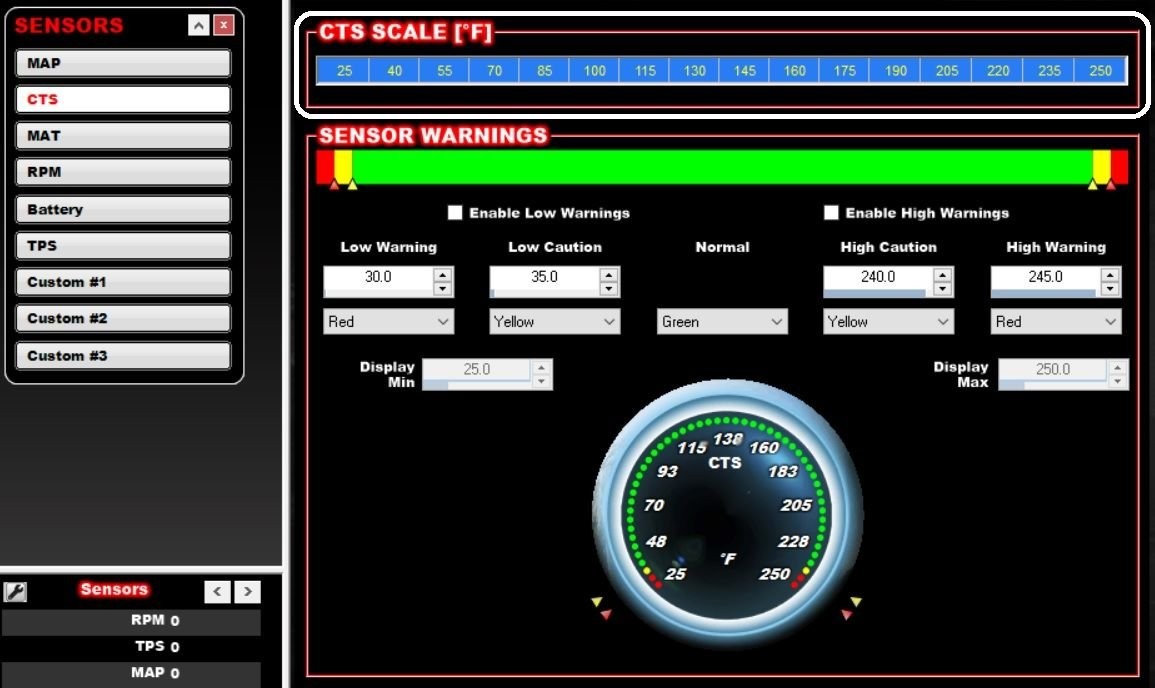 Sensors CTS Scale
Sensors CTS Scale
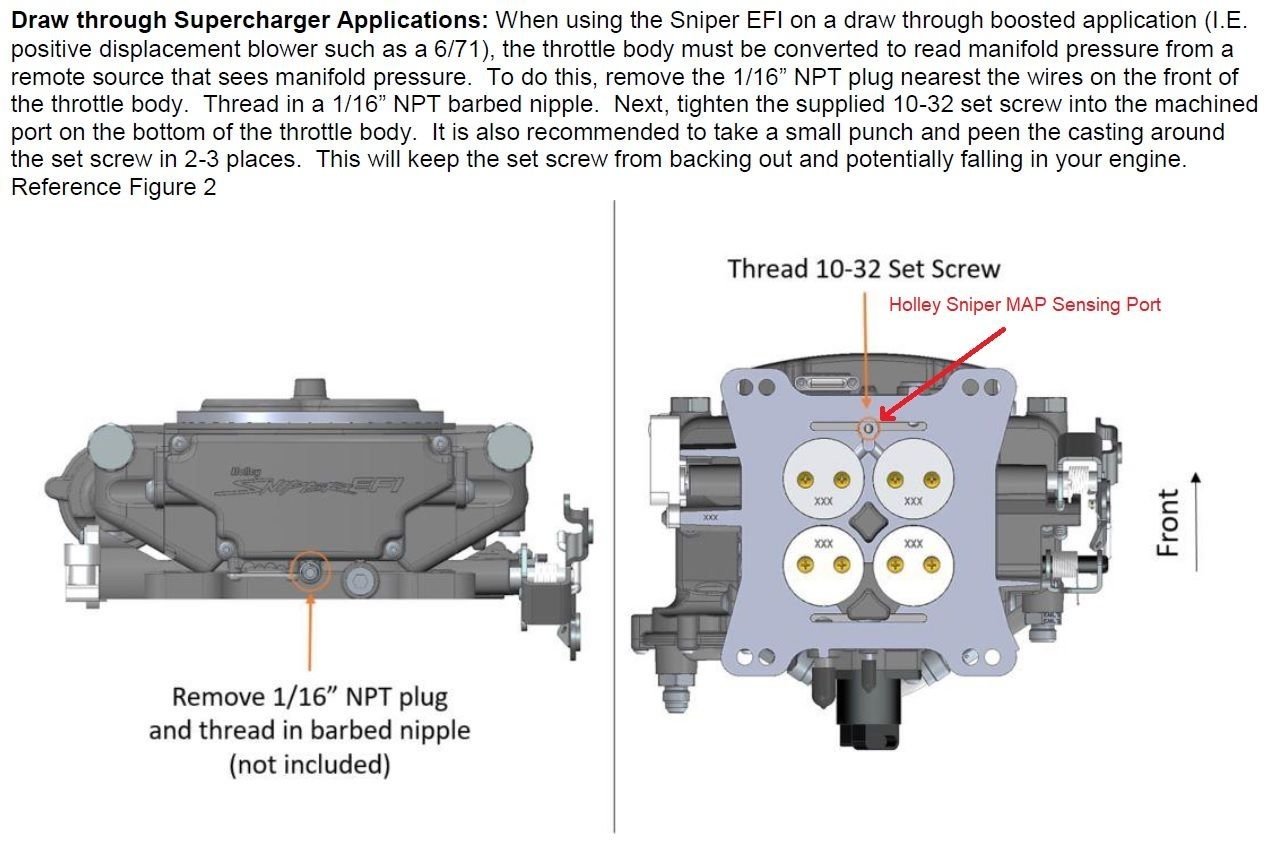 Sniper MAP Sensing Port
Sniper MAP Sensing Port
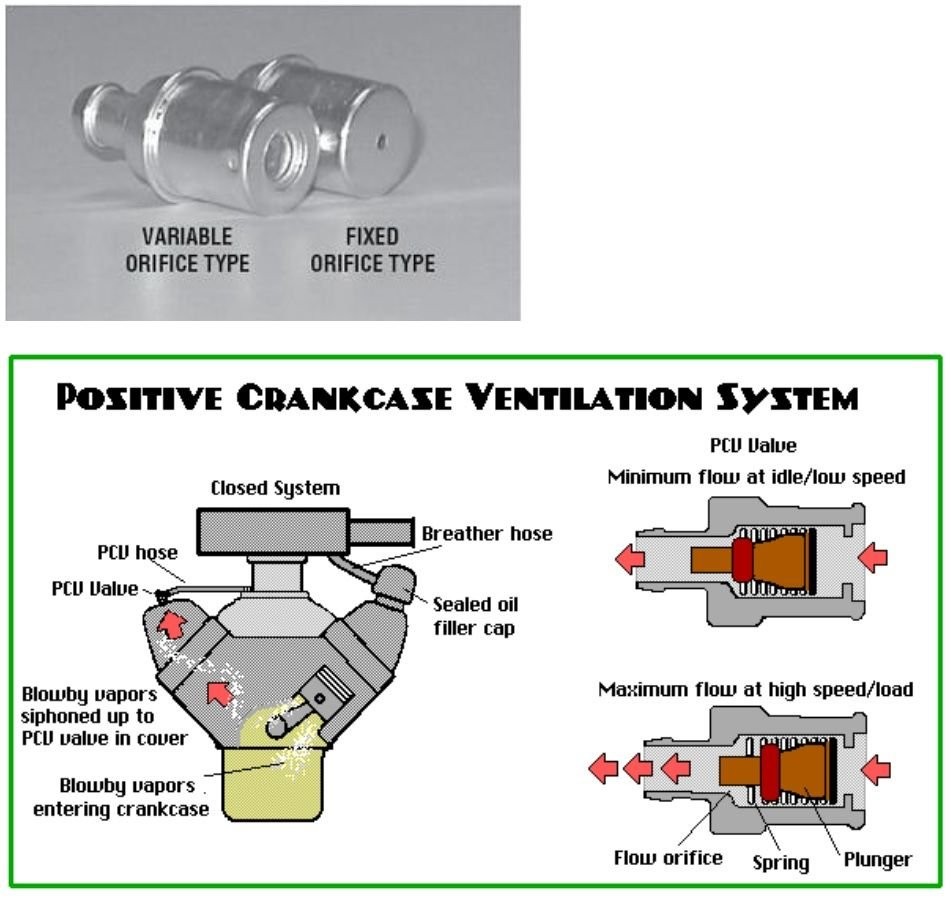 Fixed Orifice PCV Valve
Fixed Orifice PCV Valve
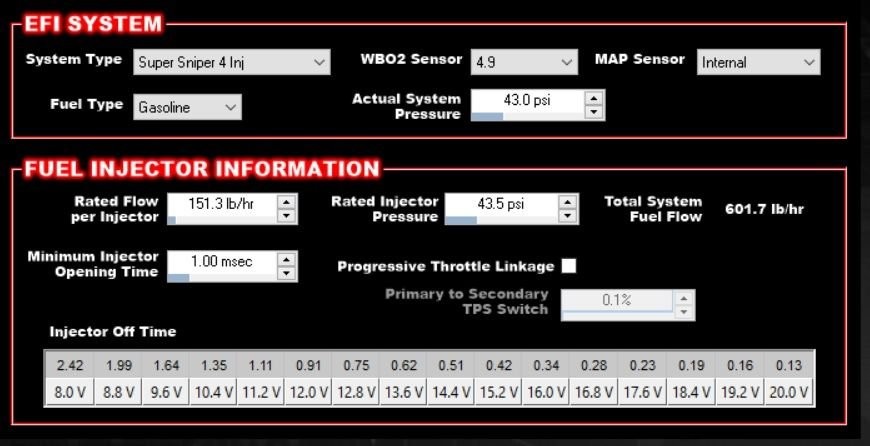 EFI Injector Information
EFI Injector Information
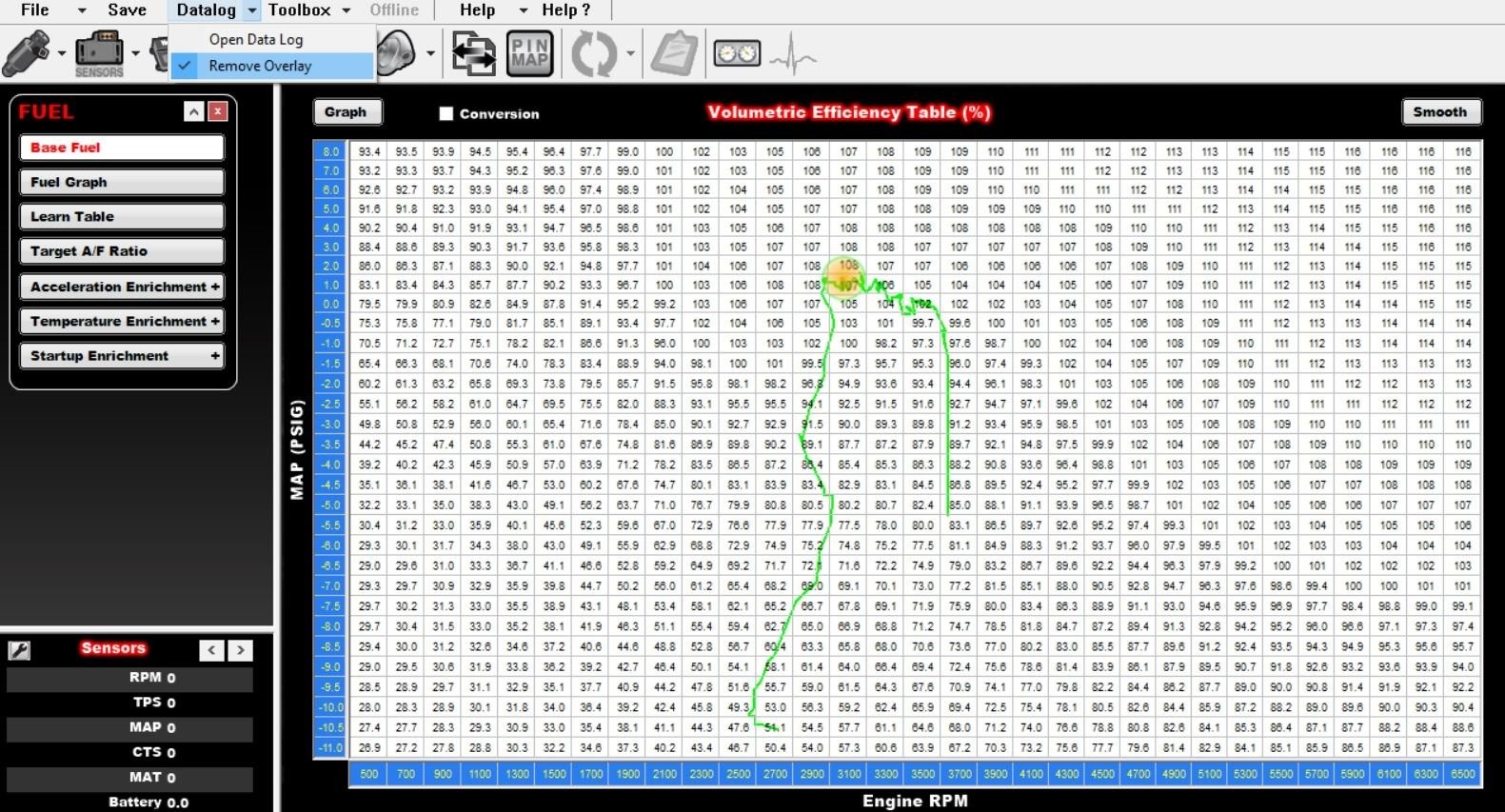 Data Log Overlay
Data Log Overlay
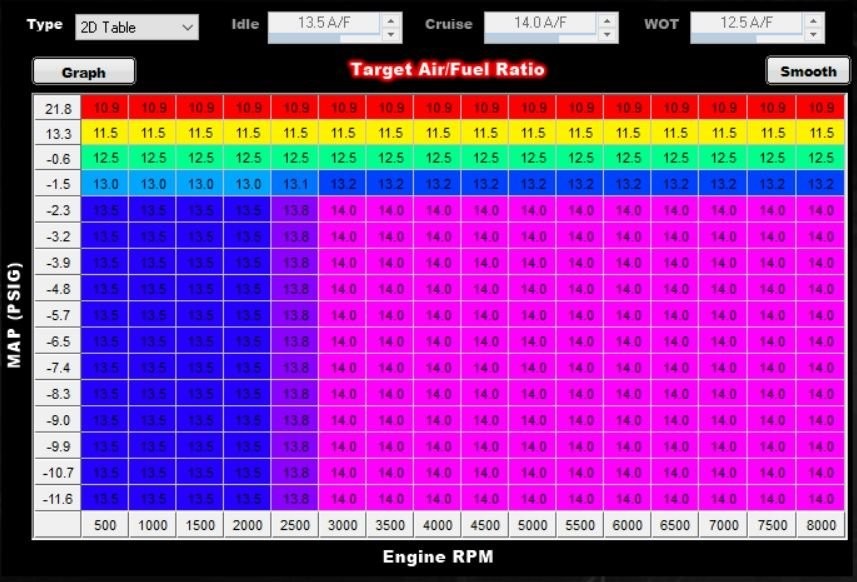 AFR Table Simple 2D
AFR Table Simple 2D
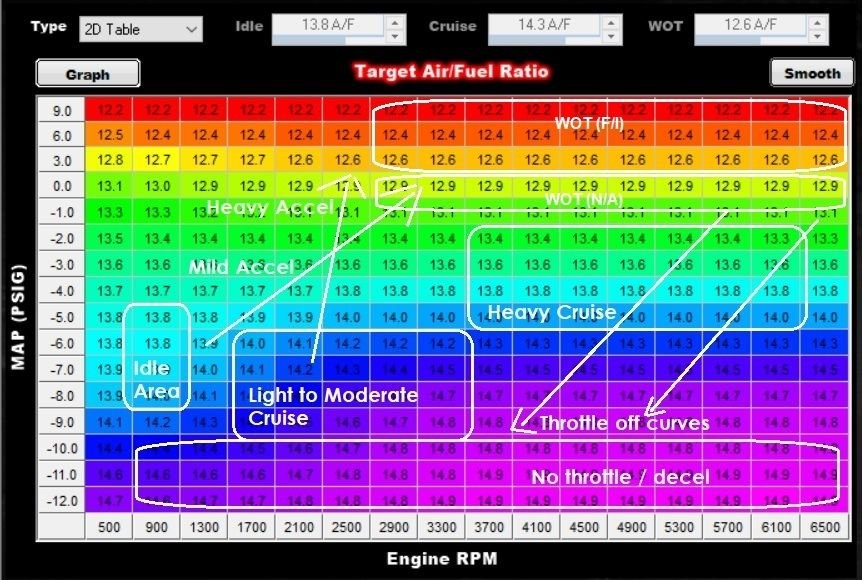 AFR Table Modified
AFR Table Modified
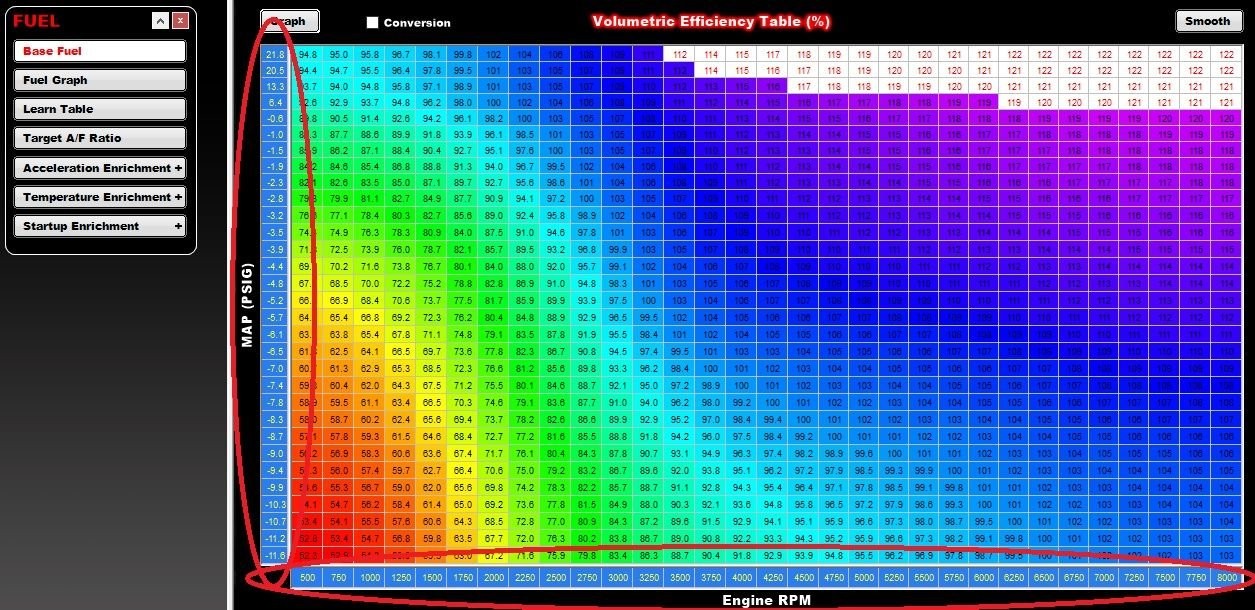 Fuel Axis
Fuel Axis
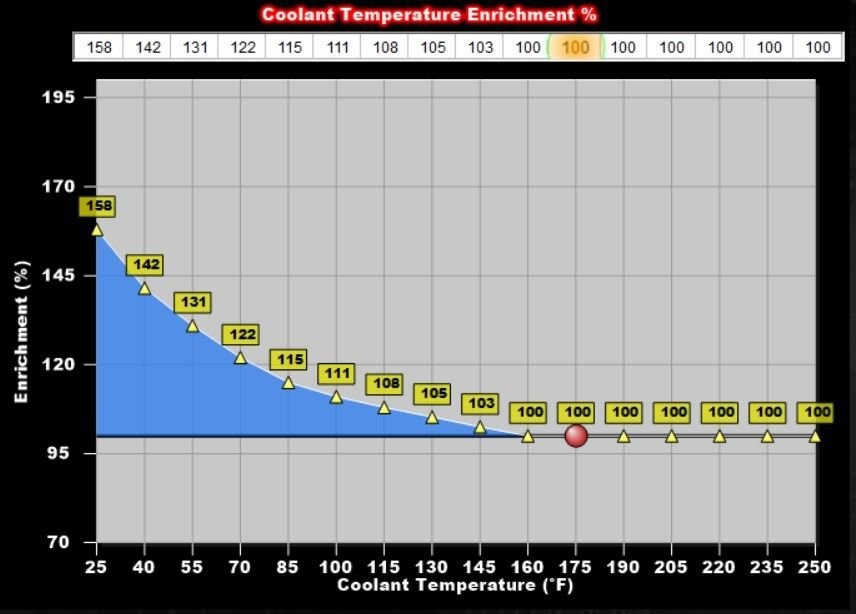 Coolant Temp Enrichment Table
Coolant Temp Enrichment Table
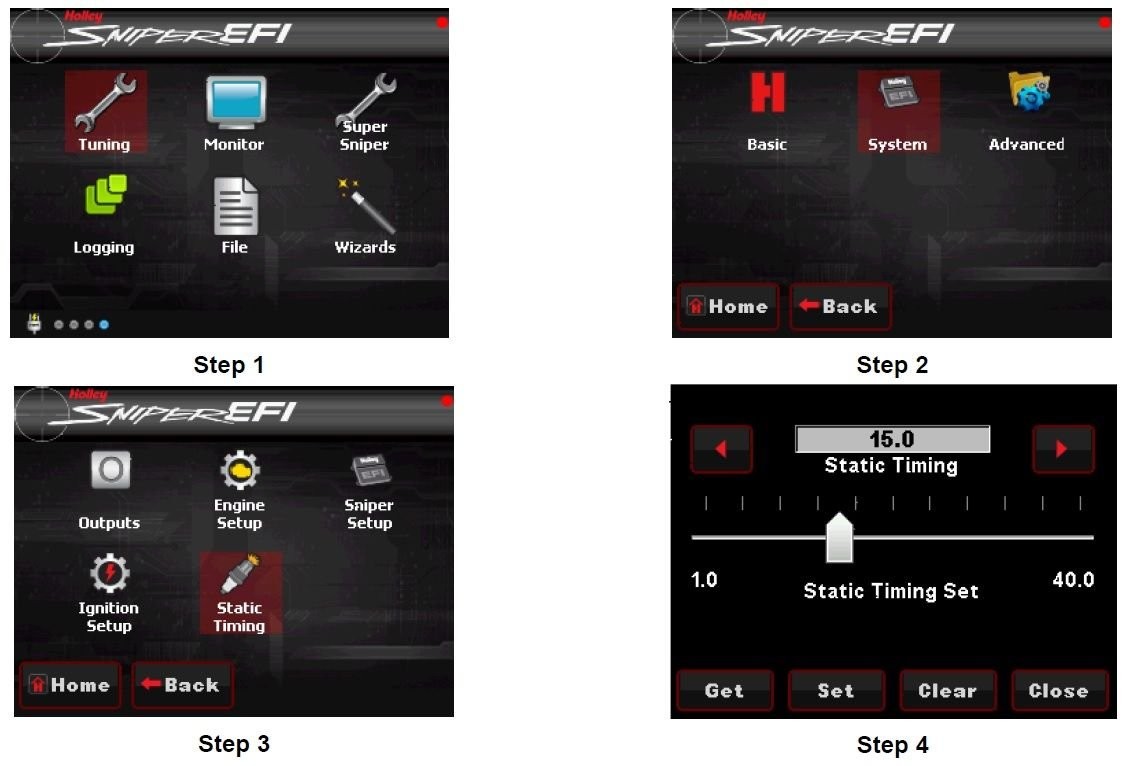 Static Timing
Static Timing